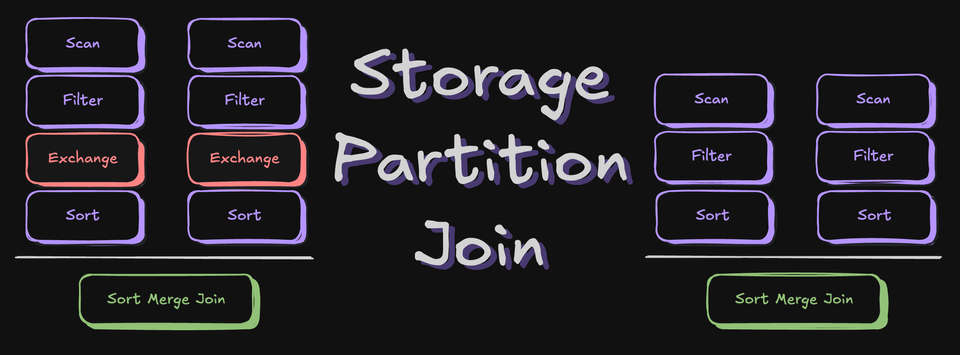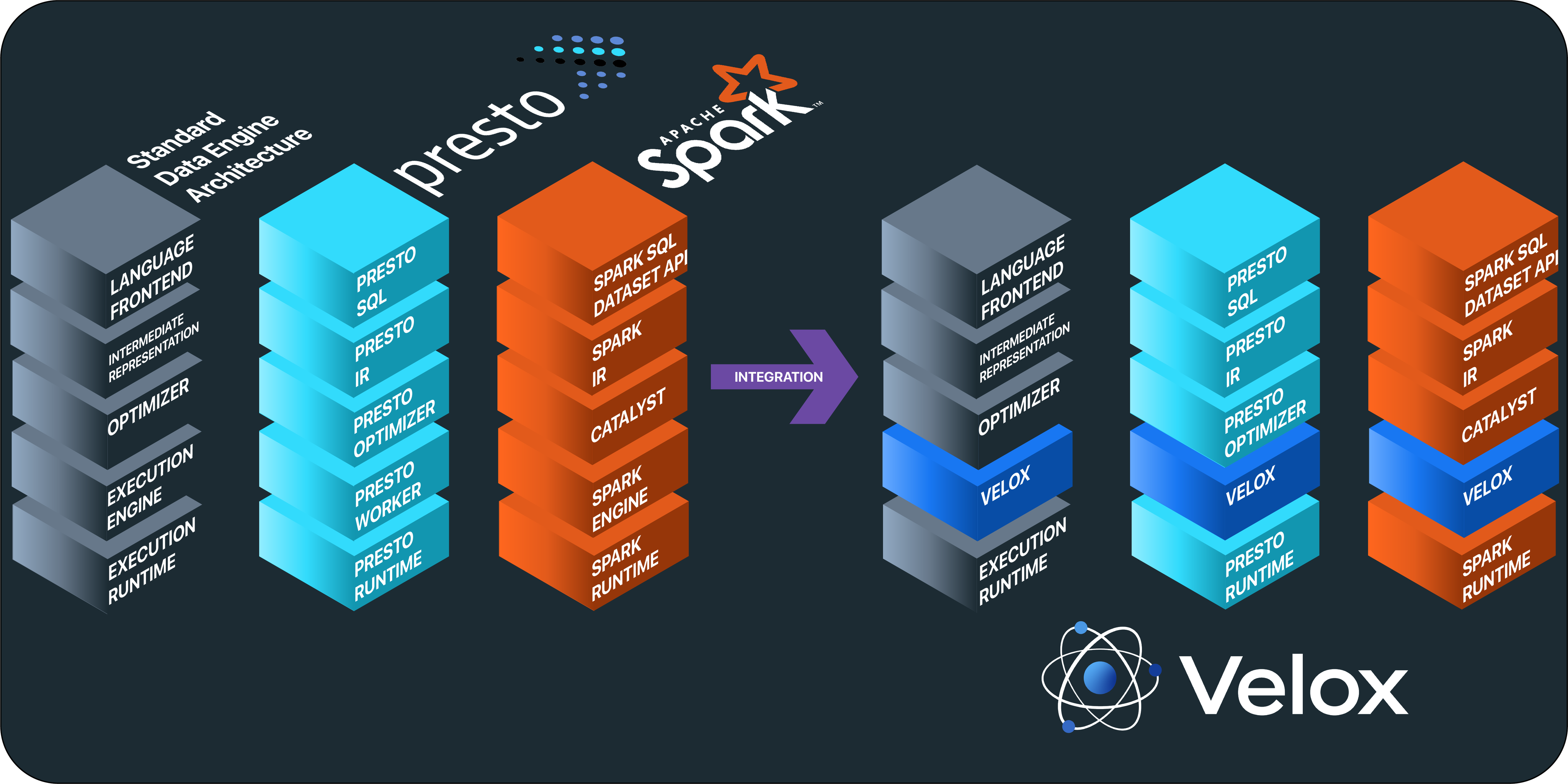《Akka学习笔记:ACTORS介绍》
《Akka学习笔记:Actor消息传递(1)》
《Akka学习笔记:Actor消息传递(2)》
《Akka学习笔记:日志》
《Akka学习笔记:测试Actors》
《Akka学习笔记:Actor消息处理-请求和响应(1) 》
《Akka学习笔记:Actor消息处理-请求和响应(2) 》
《Akka学习笔记:ActorSystem(配置)》
《Akka学习笔记:ActorSystem(调度)》
《Akka学习笔记:Actor生命周期》
《Akka学习笔记:子Actor和Actor路径》
Actor基本的生命周期非常的直观。实际上除了以下几点不一样,你完全可以将Actor的生命周期和Java servlet生命周期进行对比。
1、和其他普通类一样,我们得需要一个构造函数;
2、preStart函数在其之后被调用。在这里,你可以初始化一些资源,然后在postStop中清除;
3、servicing或receive方法里面的消息处理占用了绝大多数的时间。
让我们来看一下简单的Actor,他仅仅打印出生命周期
package me.rerun.akkanotes.lifecycle
import akka.actor.{ActorLogging, Actor}
import akka.event.LoggingReceive
class BasicLifecycleLoggingActor extends Actor with ActorLogging{
log.info ("Inside BasicLifecycleLoggingActor Constructor")
log.info (context.self.toString())
override def preStart() ={
log.info("Inside the preStart method of BasicLifecycleLoggingActor")
}
def receive = LoggingReceive{
case "hello" => log.info ("hello")
}
override def postStop()={
log.info ("Inside postStop method of BasicLifecycleLoggingActor")
}
}
LifecycleApp类仅仅用于初始化Actor,并给它发送消息,然后关闭ActorSystem。
import akka.actor.{ActorSystem, Props}
object LifecycleApp extends App{
val actorSystem=ActorSystem("LifecycleActorSystem")
val lifecycleActor=actorSystem.actorOf(Props[BasicLifecycleLoggingActor],"lifecycleActor")
lifecycleActor!"hello"
//wait for a couple of seconds before shutdown
Thread.sleep(2000)
actorSystem.shutdown()
}
结果
Inside BasicLifecycleLoggingActor Constructor Actor[akka://LifecycleActorSystem/user/lifecycleActor#-2018741361] Inside the preStart method of BasicLifecycleLoggingActor hello Inside postStop method of BasicLifecycleLoggingActor
Servlet生命周期和基本的Actor有什么不同呢?
Actor中的构造方法和preStart方法并没有什么不同——基本是一样的。
为什么我要在构造方法里打印出context.self?这是因为Actor跟Servlet不同,即使是在构造方法里,它也能够访问得到ActorContext。preStart和构造方法之间的边界变得非常模糊。后面说到监督的时候我们会再说一下它们的区别。不过如果你好奇的话我这里可以先给你介绍一点:Actor重启的时候(比如失败重启)可以通过调用preStart方法来重新初始化;而在构造方法里面是实现不了的。
postStop方法什么时候被调用?
我们从程序中看出,ActorSystem关闭的时候,postStop方法被调用。其实还有其他几种情况可以调用postStop。
1、ActorSystem.stop()
我们可以调用ActorSystem或者ActorContext的stop方法来关闭Actor。
object LifecycleApp extends App{
val actorSystem=ActorSystem("LifecycleActorSystem")
val lifecycleActor=actorSystem.actorOf(Props[BasicLifecycleLoggingActor],"lifecycleActor")
actorSystem.stop(lifecycleActor);
...
...
}
2、ActorContext.stop
1)、通过消息(内部的或外部的)
class BasicLifecycleLoggingActor extends Actor with ActorLogging{
...
...
def receive = LoggingReceive{
case "hello" => log.info ("hello")
case "stop" => context.stop(self)
}
和
object LifecycleApp extends App{
val actorSystem=ActorSystem("LifecycleActorSystem")
val lifecycleActor=actorSystem.actorOf(Props[BasicLifecycleLoggingActor],"lifecycleActor")
lifecycleActor!"stop"
...
...
2)、或者没任何理由自己杀死自己(这里仅仅是开个玩笑)
class BasicLifecycleLoggingActor extends Actor with ActorLogging{
log.info ("Inside BasicLifecycleLoggingActor Constructor")
log.info (context.self.toString())
context.stop(self)
...
...
3、POISONPILL
在前面的例子里面,我们通过在LifecycleApp发送带有stop的消息到Actor,Actor收到这个消息,并通过context.stop来杀死自己。其实我们可以通过发送PoisonPill消息来达到同样的功能。PoisonPill和前面的那个stop消息类似,它也会被扔进到一个普通邮箱里面排队,只有当轮到它的时候才会进行处理。
object LifecycleApp extends App{
val actorSystem=ActorSystem("LifecycleActorSystem")
val lifecycleActor=actorSystem.actorOf(Props[BasicLifecycleLoggingActor],"lifecycleActor")
lifecycleActor!PoisonPill
...
...
4.、KILL
如果你不想用PoisonPill,你可以通过发送Kill消息给目标Actor
lifecycleActor ! Kill
PoisonPill消息和Kill消息之间的区别很小,但是很重要:
1、如果用了PoisonPill消息,将给所有的Watcher发送Terminated消息(后面将会介绍)。
2、如果用了Kill消息,宿主Actor将会抛出ActorKilledException,并传播到监管者哪里去(后面会介绍)。
停止阶段
Actor一旦停止,他也就进入到Terminated状态。你脑海里肯定会想,那些发送给已经停止的Actor的消息将会发生什么?让我们来看下:
object LifecycleApp extends App{
val actorSystem=ActorSystem("LifecycleActorSystem")
val lifecycleActor=actorSystem.actorOf(Props[BasicLifecycleLoggingActor],"lifecycleActor")
lifecycleActor!"hello"
lifecycleActor!"stop"
lifecycleActor!"hello" //Sending message to an Actor which is already stopped
}
Actor---和前面的一样
class BasicLifecycleLoggingActor extends Actor with ActorLogging{
def receive = LoggingReceive{
case "hello" => log.info ("hello")
case "stop" => context.stop(self)
}
}
输出
BasicLifecycleLoggingActor - hello akka.actor.RepointableActorRef - Message 1 from Actor[akka://LifecycleActorSystem/deadLetters] to Actor[akka://LifecycleActorSystem/user/lifecycleActor#-569230546] was not delivered. [1] dead letters encountered. This logging can be turned off or adjusted with configuration settings 'akka.log-dead-letters' and 'akka.log-dead-letters-during-shutdown'.
从日志中你可以看到好几个deadletters,所有发送到已终止的Actor的消息都会被转发给一个叫做DeadLetterActor的内部Actor。
好奇后面会发生什么?
DeadLetter Actor会处理自己邮箱里的消息,并把每条消息都封装成一个DeadLetter,然后再发布到EventStream里面去。
另一个叫做DeadLetterListener的Actor会去消费所有这些DeadLetter消息并把它们作为一条日志消息发布出去。看下这里。
还记得吧,Akka日志那篇文章中曾经说过,所有的日志消息都会发布到EventStream里面,我们可以随便订阅—仅仅需要保证订阅者也是一个Actor。我们来试一下。
对于我们这个示例而言,我们要订阅到EventStream上并监听所有的DeadLetter消息然后将它们打印到控制台上。其实我们可以做很多事情,比如生成一个警告,或者把它存储到数据库里,甚至用它来进行分析。
import akka.actor.ActorSystem
import akka.actor.Props
import akka.actor.PoisonPill
import akka.actor.DeadLetter
import akka.actor.Actor
object LifecycleApp extends App {
val actorSystem = ActorSystem("LifecycleActorSystem")
val lifecycleActor = actorSystem.actorOf(Props[BasicLifecycleLoggingActor], "lifecycleActor")
val deadLetterListener = actorSystem.actorOf(Props[MyCustomDeadLetterListener])
actorSystem.eventStream.subscribe(deadLetterListener, classOf[DeadLetter])
lifecycleActor ! "hello"
lifecycleActor ! "stop"
lifecycleActor ! "hello"
}
class MyCustomDeadLetterListener extends Actor {
def receive = {
case deadLetter: DeadLetter => println(s"FROM CUSTOM LISTENER $deadLetter")
}
}
输出
164 [LifecycleActorSystem-akka.actor.default-dispatcher-4] INFO BasicLifecycleLoggingActor - hello 167 [LifecycleActorSystem-akka.actor.default-dispatcher-4] INFO akka.actor.RepointableActorRef - Message 1 from Actor[akka://LifecycleActorSystem/deadLetters] to Actor[akka://LifecycleActorSystem/user/lifecycleActor#-782937925] was not delivered. [1] dead letters encountered. This logging can be turned off or adjusted with configuration settings 'akka.log-dead-letters' and 'akka.log-dead-letters-during-shutdown'. FROM CUSTOM LISTENER DeadLetter(hello,Actor[akka://LifecycleActorSystem/deadLetters],Actor[akka://LifecycleActorSystem/user/lifecycleActor#-782937925])
原创文章版权归过往记忆大数据(过往记忆)所有,未经许可不得转载。
本文链接: 【Akka学习笔记:Actor生命周期】(https://www.iteblog.com/archives/1221.html)









Servlet生命周期和基本的Actor有神不同呢, 有错别字